What is it?
Throw a plectrum in any direction, and you’ll most likely hit a new amp modeler or cab sim pedal. From affordable options such as the Boss IR-2 and TC Electronic Ampworx to the more premium offerings from Universal Audio, Strymon, and Neural DSP, guitarists aren’t exactly short of top-quality digital tone options.
Now, it’s easy to see why these pedals have become so popular in recent years. Not only do they allow you to leave the back-breaking valve amplifier at home in favor of a more pedalboard-friendly option, but technology has gotten so good that most players can’t even tell the difference anyway. Pair this with a more consistent live tone as you hop from venue to venue along with fewer moving parts to go wrong, and it becomes painfully obvious why fewer and fewer players are turning to the tube combos of yesteryear.
When Walrus Audio introduced the MAKO Series in 2020, it was a game-changer. Their goal was to bring studio-grade effects and modeling to every guitarist’s rig – and they succeeded. The pedals were praised for their impeccable build quality, stunning tones, and intuitive layout, quickly earning a place on many pedalboards. Now, five years later, it’s time for the next generation.

Walrus Audio has listened to years of feedback and used it to inform a number of changes in the new versions of the D1 Delay, R1 Reverb, and M1 Modulation, as well as the top-of-the-line amp and cabinet simulator, the ACS1. These changes strive to keep what players loved about the original series while improving everything from preset navigation to the noise floor. The result is a new line of stomps worthy of the MAKO name.
Ditching toggle switches in favor of an OLED menu screen, as well as secondary push controls on the bottom three dials, the MKII version of the ACS1 looks to make choosing an amp model or cabinet a whole lot sleeker – which is great news as you now have even more models to choose from.
The pedal is now loaded with a trio of hard-rocking amp monsters, perfect for high-gain riffers. The formidable Peavey 5150, face-melting Orange Rockerverb, and the nu-metal legend that is the Mesa Boogie Dual Rectifier are all at your fingertips. That’s not all; this new pedal still includes the other models from the first iteration, meaning it now offers a lot more tonal bang for your buck.
The Fullerton is a faithful recreation of the classic Fender Deluxe Reverb, while the London looks to mimic the sonic nuance of a 1962 Marshall Bluesbreaker with a harmonically rich, valve-driven breakup. Moving on to the Dartford, we get a model of the legendary 1960s Vox AC30, which showcases this amp’s in-your-face jangly and cuttingly bright tone. What’s more, the unit also comes with a wealth of new cabinet RIs from the folks at Tone Factor and York Audio.
Walrus has increased the pedal’s headroom and even managed to lower the noise floor. Great news for recording enthusiasts looking to take full advantage of these stellar tones in a studio setting.
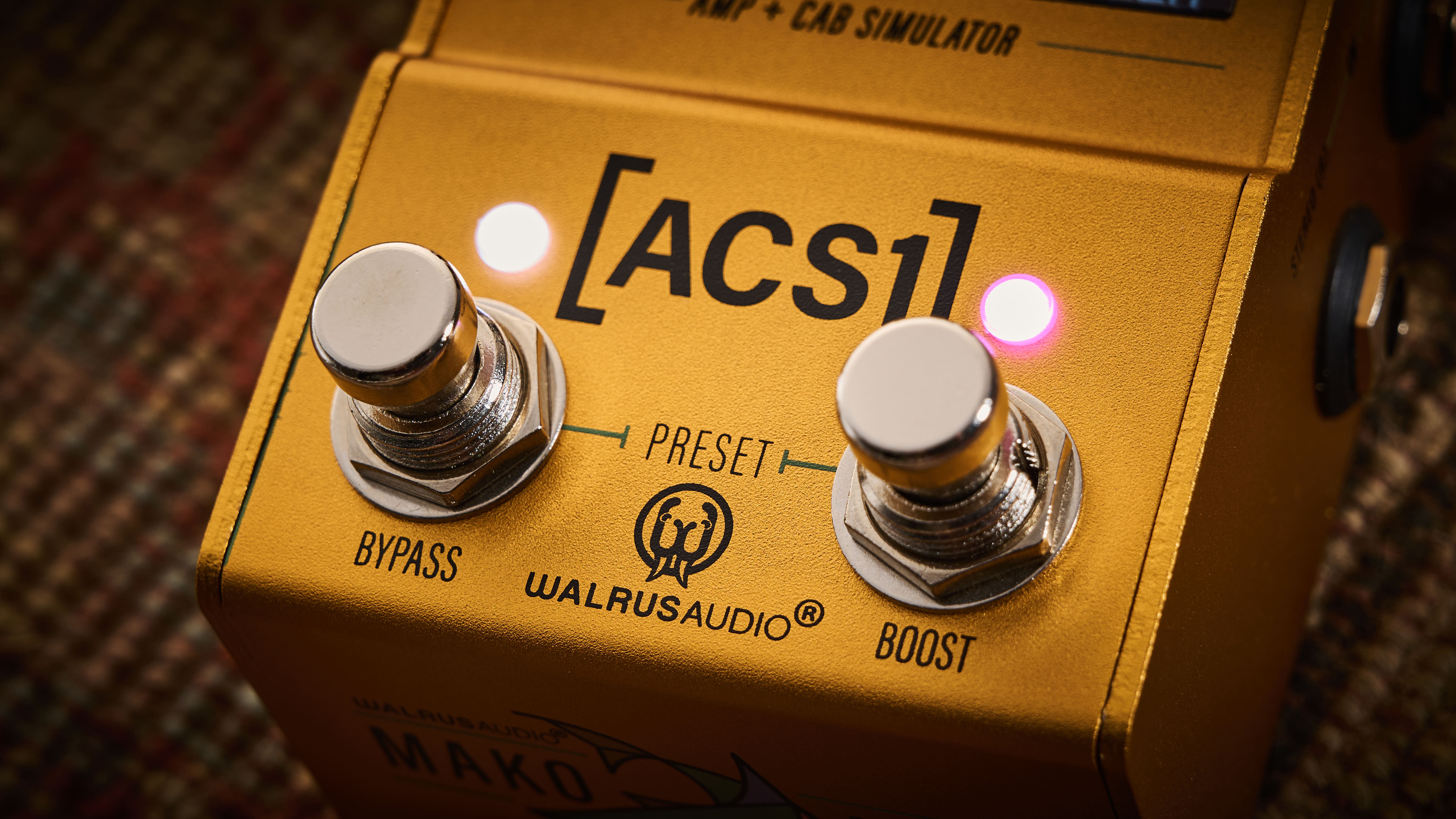
A big selling point of the original MAKO range was its MIDI compatibility, and I’m glad to see this feature continue over to the latest version. Despite many players crying out for MIDI-switching capabilities, many pedals still don’t offer this functionality. So, if you are seeking a stompbox that’ll keep up with your intricate pre-programmed setlist changes, then this might just be the pedal for you.
Like I said up top, the price range for this style of stompbox varies drastically from a couple hundred bucks to eye-watering prices that are just as much, if not more, than buying a decent amplifier. The Walrus Audio MAKO ACSI MKII definitely sits at the more premium end of the spectrum. At a little over £400, it’s certainly not cheap, but then again, if it does everything it says, it would more definitely justify its high-end price tag.
Specifications
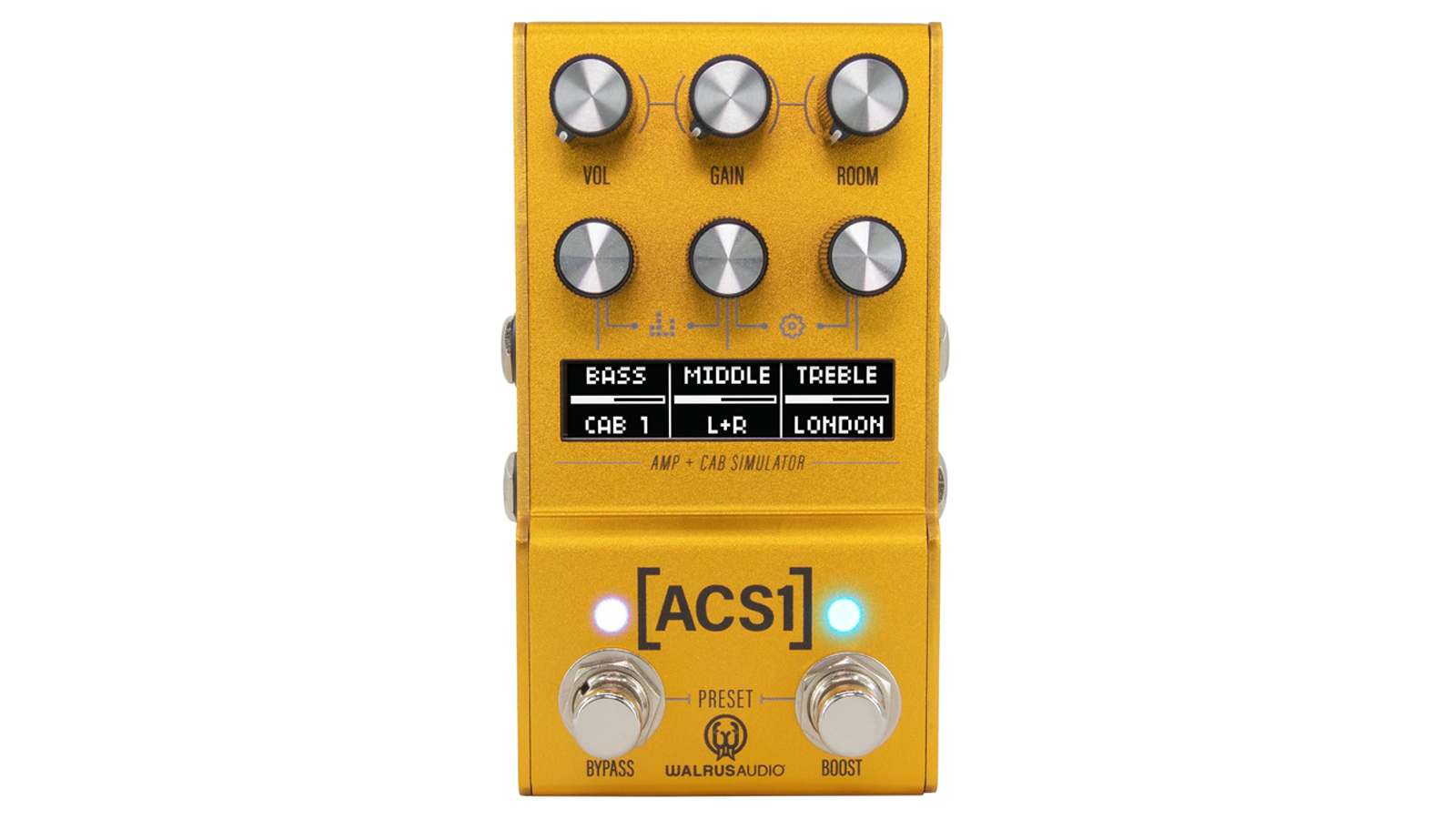
- Price: £419/$449/€499
- Type: Amp/Cab Simulator
- Controls: Volume, Gain, Room, Left Encoder, Middle Encoder, Right Encoder
- Features: Six High-End Amp Models, 12 Cabinet Sims, Independent Boost, Full Stereo Operation and MIDI Compatibility, Up To 128 Presets
- Connectivity: Left/ Right Input, Left/Right Output, Headphone Out, USB C, MIDI IN, MIDI Thru
- Bypass: True Bypass
- Power: 9V, 300 mA
- Dimensions: 125 x 67 x 50 mm
- Weight: 0.79lbs/0.36 kg
- Contact: Walrus Audio
Build quality
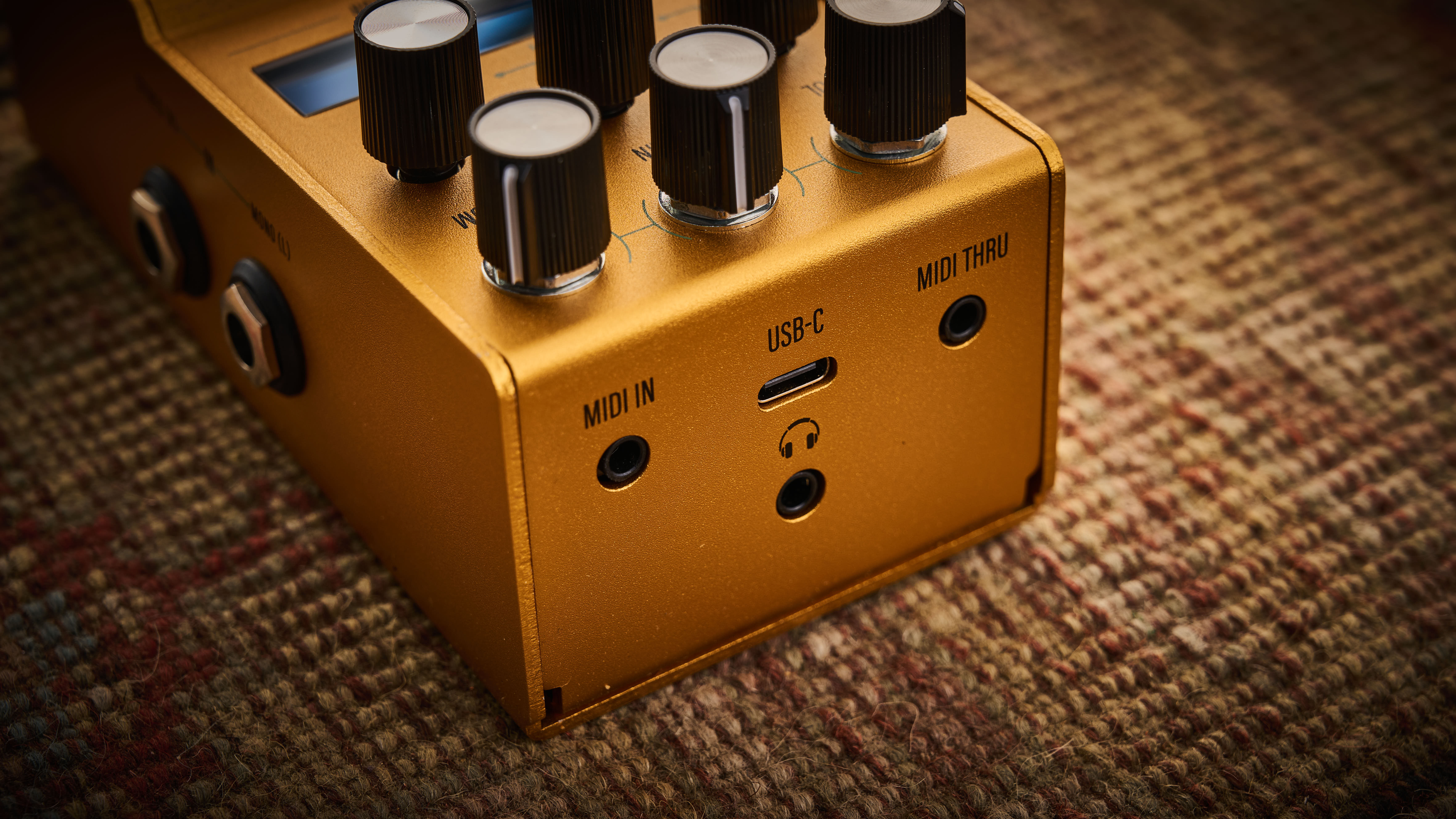
Okay, so if you’ve ever held a unit from the Oklahoma-based effects titans in your hands before, you’ll be well aware of how well made they are – and the ACS1 MKII is no different. Its rugged metal chassis with anodized gold finish feels robust and reassuringly weighty, making it feel practically bomb-proof.
The central knobs feel sturdy and turn with an effortless glide, while the trio of “encoder” dials press down with a satisfying click when selecting amp models and changing cabinets. Thankfully, both the bypass and boost switches feel incredibly smooth under my feet, making the pedal a joy to use.
Despite being jam-packed full of features, this pedal is still pretty small. Coming in a little larger than a Boss pedal, the ACS1 doesn’t take up all that much space on my pedalboard – and better yet, the built-in boost means you can ditch another pedal from your ‘board and save even more space.
Usability
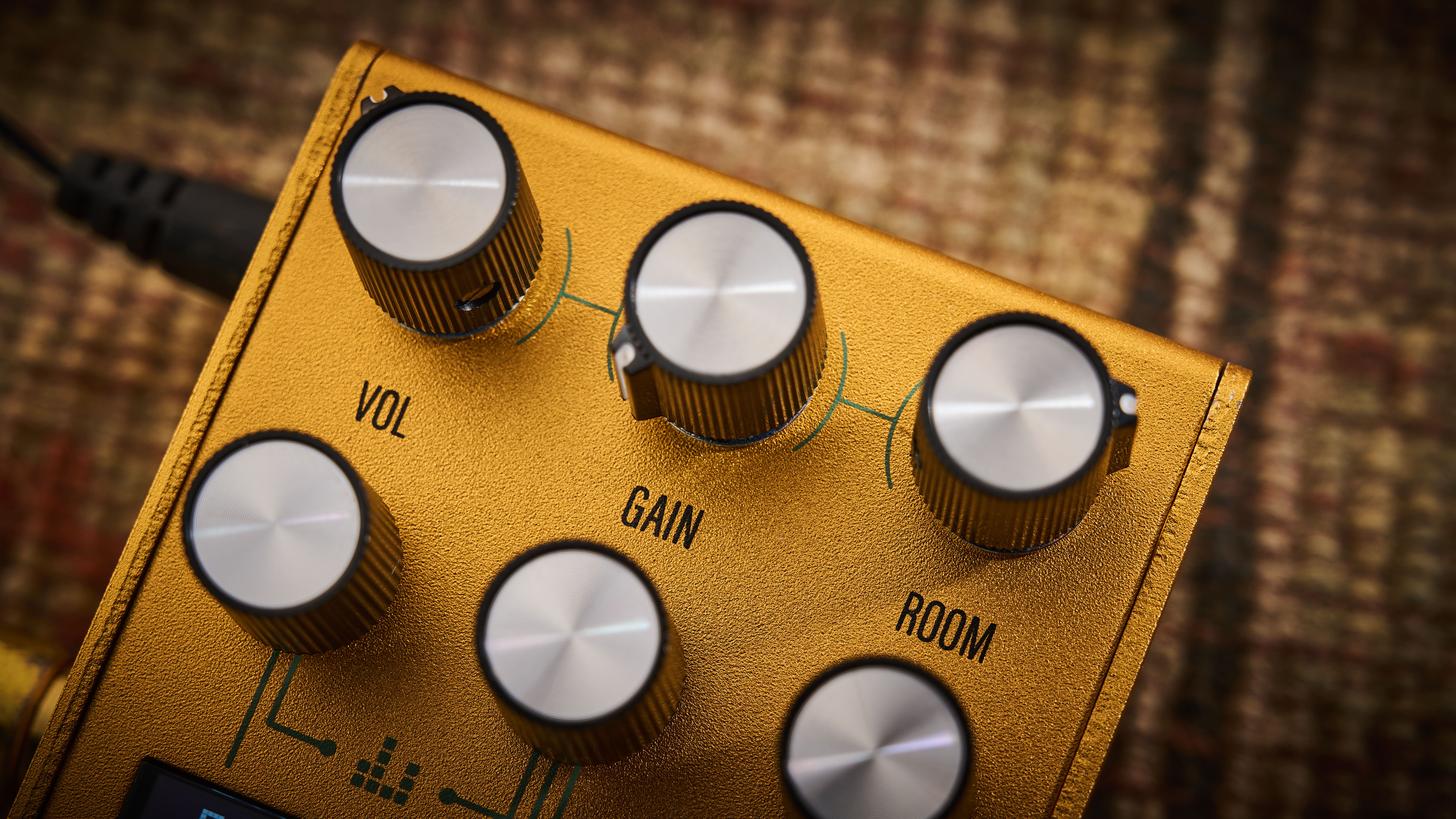
Often, with small format multi-voiced pedals, getting to grips with how to access all the tones locked away inside can be a challenge. With some units, it can feel like you need a degree in codebreaking just to get it working. There are certainly pedals in this category where I’ve found myself scrolling for minutes through countless menu screens just to get to one usable sound – totally killing what inspiration I had when I first picked up my guitar. Thankfully, the ACS1 doesn’t follow in the footsteps of its overly complicated stablemates. There’s no need to decipher the enigma code or call in a high-tech boffin; simply plug in and twist a couple of dials, and you’ll have a stellar tone in seconds.
Now, a massive difference between this new version and the previous MK1 is the inclusion of an OLED screen. Having played both versions side by side, I can confidently say that the screen drastically changed how I interacted with the pedal. The screen not only gives you a better visual representation of which amp or cab you have loaded, but once you start adjusting a dial, it also displays the previous setting so you can easily return to it if you don’t like the changes made – a nice touch indeed.
The encoder dials are intuitive to use, and even setting up a stereo rig was a breeze. If you want to load your own IRs or update the firmware, you simply plug the pedal into your laptop with the USB C cable provided and head to walrusaudio.io.
Sounds
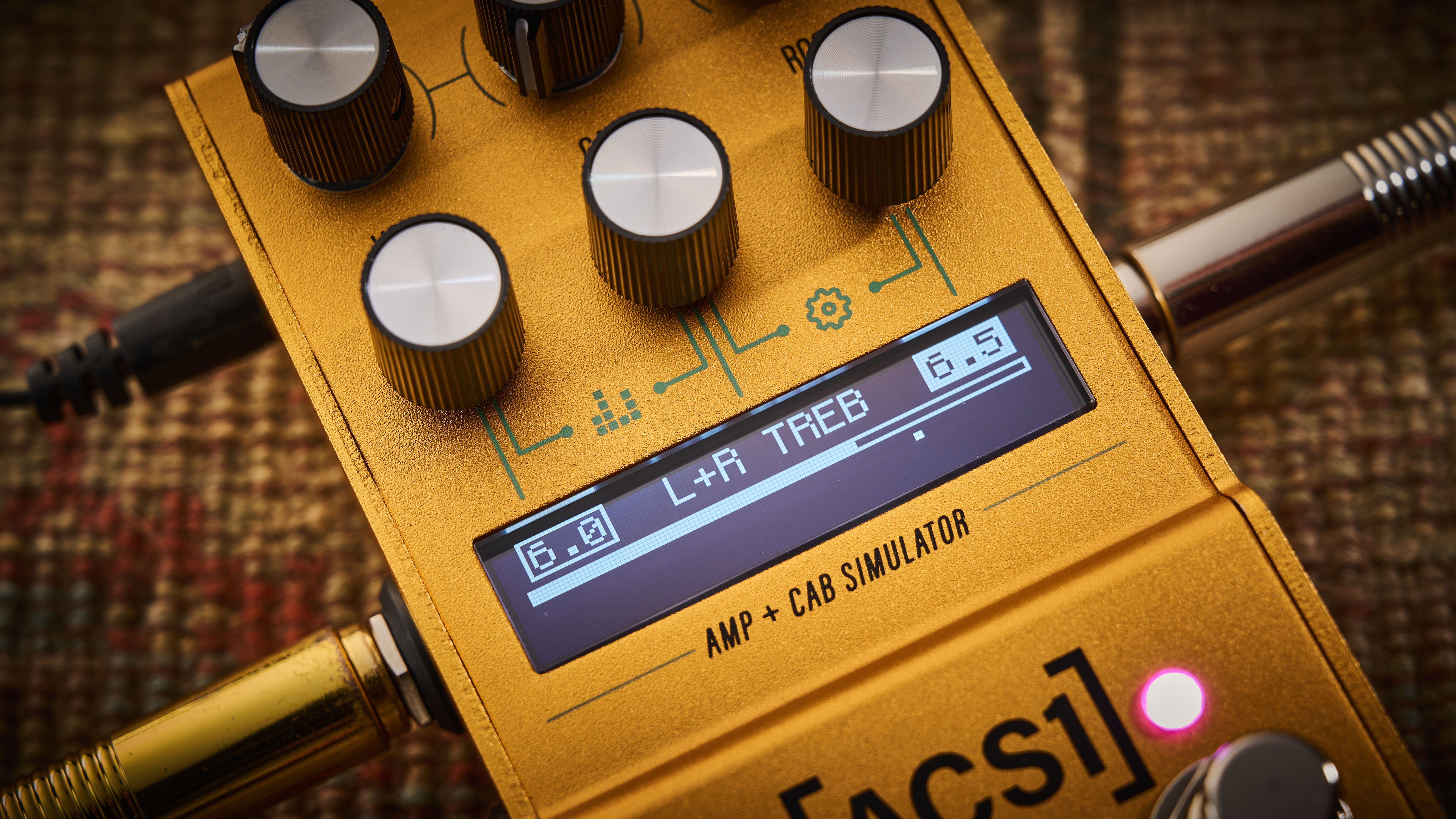
To give the ACS1 the best possible shot, I need to test the pedal through a flat speaker with no coloration, as the “cab” sound will be coming from the pedal, not an actual guitar amp. So, with that in mind, I grabbed my current favorite axe, a Gibson Explorer, and Positive Grid’s newly-launched 140-watt class D speaker cabinet, the Spark CAB. This FRFR speaker, which stands for full range, flat response, is designed especially for this scenario and will allow me to really hear the pedal in all its glory.
Firing up the pedal for the first time, I was greeted with the Fullerton model. As you’d expect from the name, this is a capture of a Fender amplifier, a Deluxe Reverb, to be exact. After striking one chord, it was immediately obvious that Walrus had done a valiant job of recreating this vintage classic. Bright, crisp, and with plenty of headroom, this model more than delivered those Californian tones we all know and love. As for the cab setting, I found myself favoring the second option, which, in this case, was a vintage ’66 Fender Deluxe replication captured with a Royer 121 ribbon microphone.
Moving on to the next amp on the list, I’m leaving the sun-kissed beaches of Cali for the dreary streets of Old Blighty. The London model is inspired by an original 1962 Marshall Bluesbreaker, which delivers a powerful, harmonically rich, valve-driven breakup that’s just perfect for your Clapton-esque licks. I was a big fan of this setting, particularly when paired with the JTM50 cabinet mic’d with a Shure SM57. Okay, it doesn’t have the same level of gain as other Marshall-in-a-box type overdrives, but that may not be a bad thing. There are higher-gain options available in this pedal if you are seeking more saturation.
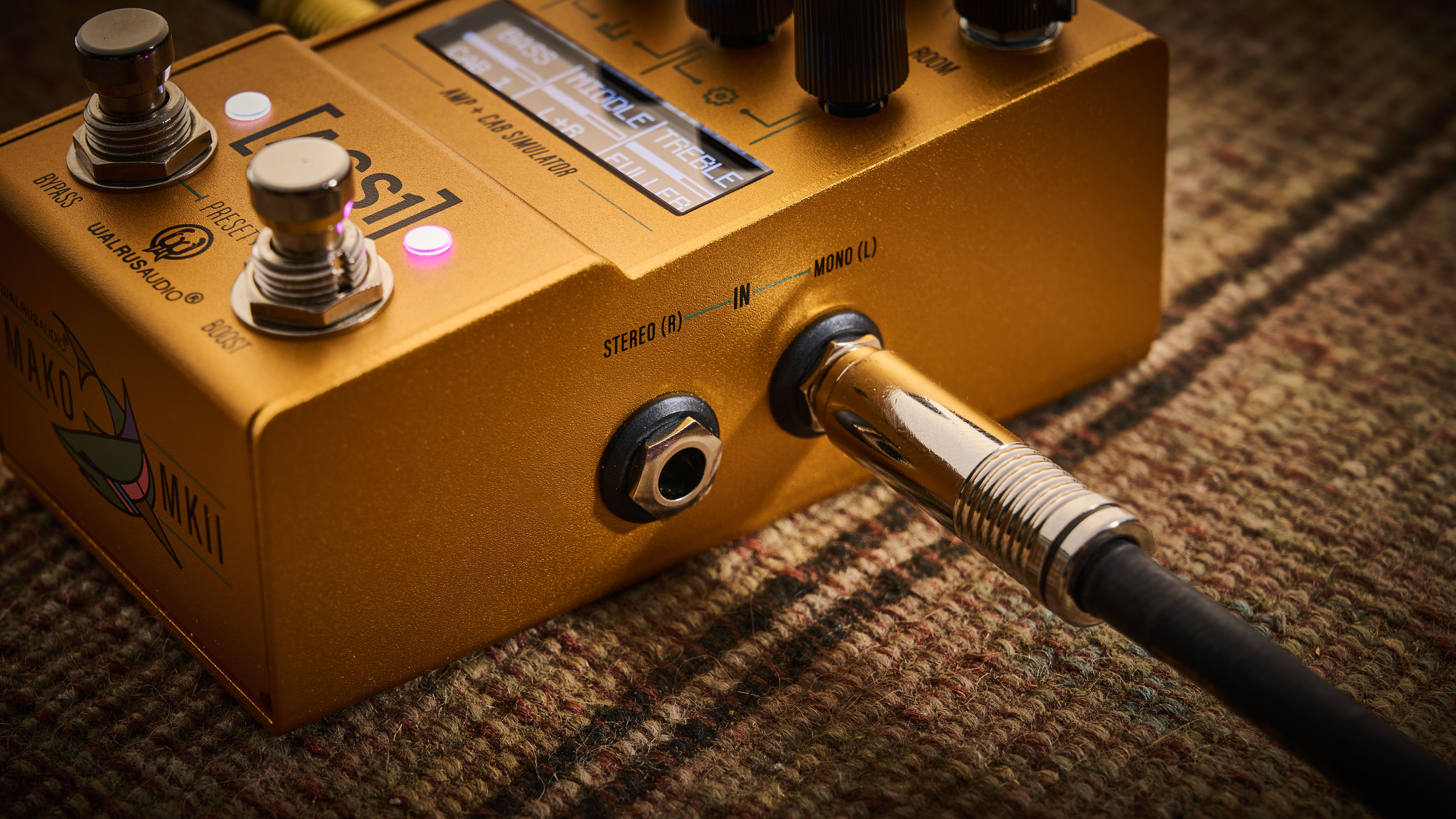
The lack of gain was a common complaint with the previous version of the ACS1, but Walrus did launch a firmware update to solve this problem, giving each of the three original models some extra gain – but it seems it hasn’t gone far enough, as I still find myself looking for a little more.
However, to me, this model was the most responsive under my fingers. Cranking the gain on the pedal led to a fierce and spiky tone that sounded more pushed than distorted, but as I rolled down my volume, it cleaned up beautifully, allowing the natural tone warmth of the guitar to shine through. These dynamics are difficult to replicate, so full marks to Walrus Audio for managing to recreate them so authentically here.
Next is the Dartford, which is modeled after a 1960s Vox AC30. Now, I love this diamond-clad retro combo. It’s by far my favorite amplifier of all time, so I was excited to see how Walrus chose to represent it. Unfortunately, this excitement didn’t last long. Yes, the Dartford model has plenty of the top-end sparkle you’d expect from the British icon, but it is sorely missing the pokey mid-range that makes the amp beloved – meaning it’s left sounding more Fender-esque than Vox.
Switching over to my own battle-worn AC30 and comparing the pedal to the real thing only highlighted the differences further. The real Vox sounds warm, fat with an almost honky mid-range that balances out the brittle top-end. The Dartford model, on the other hand, seems to prioritize the jangly high frequencies, leading to a model that fails to capture the true character of the legendary amp.
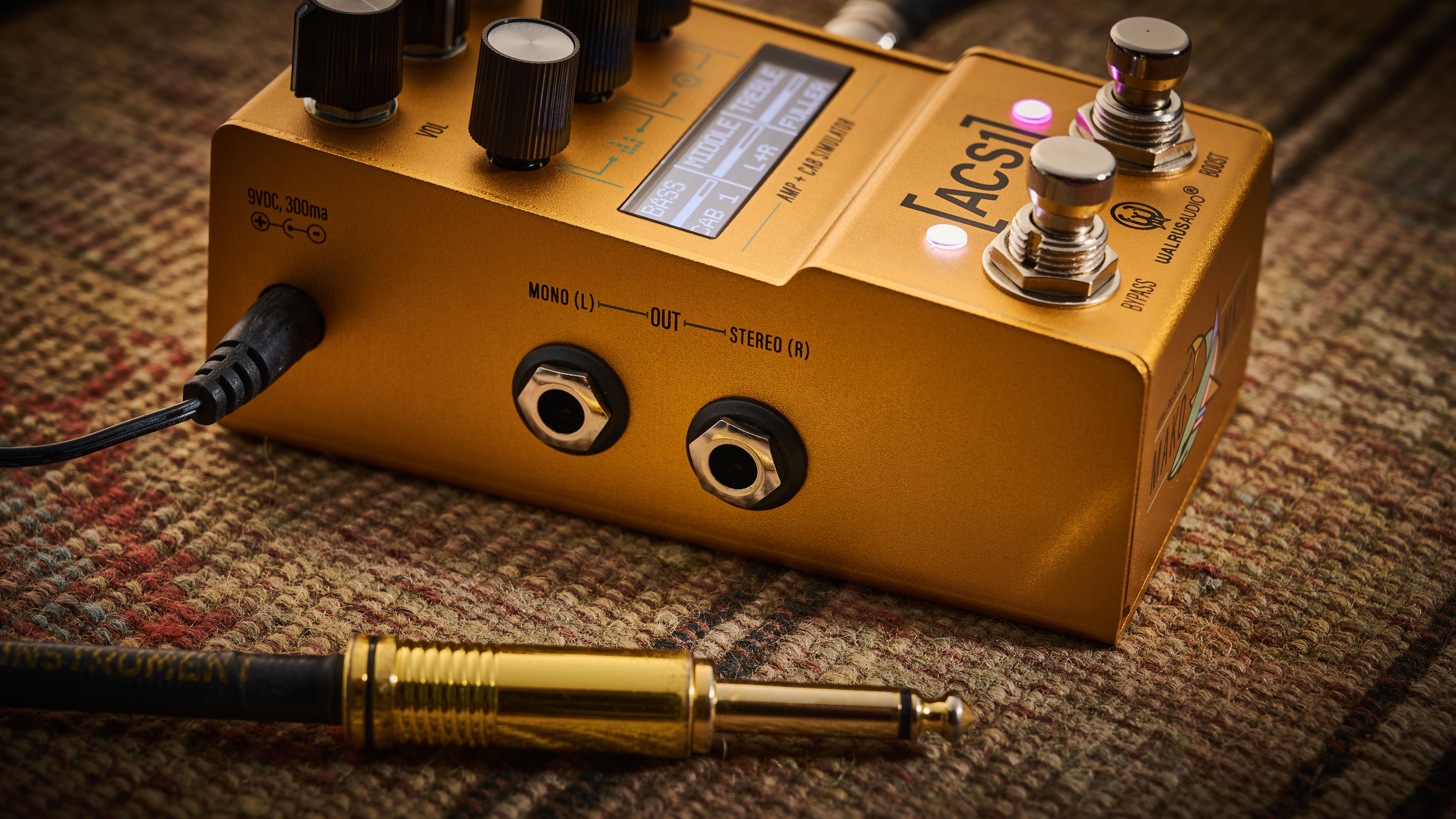
These are the three models that are available on the previous version of the ACS1, and when comparing the pedals side by side, they sound pretty identical. There’s perhaps a little more sheen and polish to the new versions, but ultimately, they are widely the same, and a lot of my criticisms ring true on both versions. That said, the MKII does come with three new models, and this might be where the pedal really starts to shine.
The new Red model takes its inspiration from the Peavey 5150’s forbiddable Red Channel. Aggressive, heavy, and with enough gain to sink a battleship, this model is designed for high-intensity riffing – and boy, is it fun to play. Does it sound exactly like a 5150? No, not really, but it definitely captures the essence of the amp. The lows are tight, the mids are focused, and the highs are sweet. What more do you need?
With Explorer in hand and Tread loaded with the Mesa Oversized 4×12 cab, I found myself just wanting to bash out classic Metallica riffs – and that is certainly not a bad thing
Okay, with a name like Citrus, there was only going to be one brand that came to mind when switching over to this model – Orange! The Rockerverb may have only hit the scene in 2004, but the tangerine dream of an amp has become somewhat of a modern classic, and I’m happy to see it make an appearance here. Characterized by its smooth mids and zesty top-end, the Citrus does a good job of representing the tonal versatility of Rockerverb. From lighter Angus-esque Aussie rock to modern alternative and even gut-punching metal, this amp model can do it all.
Last up is Tread, a take on the world-famous Mesa Boogie Dual Rectifier. A staple of 2000s rock, metal, and punk, this amp is easily identified by its scooped mids, piercing highs, and near-infinite gain. I’ll be the first to admit that I’m not the biggest Dual Rectifier fan. They are a little “too much” for my tastes, but that said, the ACS1 does a good job of recreating its iconic tone. With Explorer in hand and Tread loaded with the Mesa Oversized 4×12 cab IR, I found myself just wanting to bash out classic Metallica riffs – and that is certainly not a bad thing.
It’s worth noting that you can combine amps in stereo to create complex and harmonically rich tones that incorporate the best-sounding elements from each amp. The pedal also comes with a built-in boost that grants you an additional +4db of gain and plenty of volume – ideal for giving your solos a much-needed lift live, and there are also three reverbs onboard. With a Room, Hall, and Spring option, the reverb settings are somewhat limited, but there is certainly enough here for most players to get through a gig. Personally, I liked the sound of the spring reverb the best, and for the majority of my time with the pedal, I left it on this setting.
Verdict
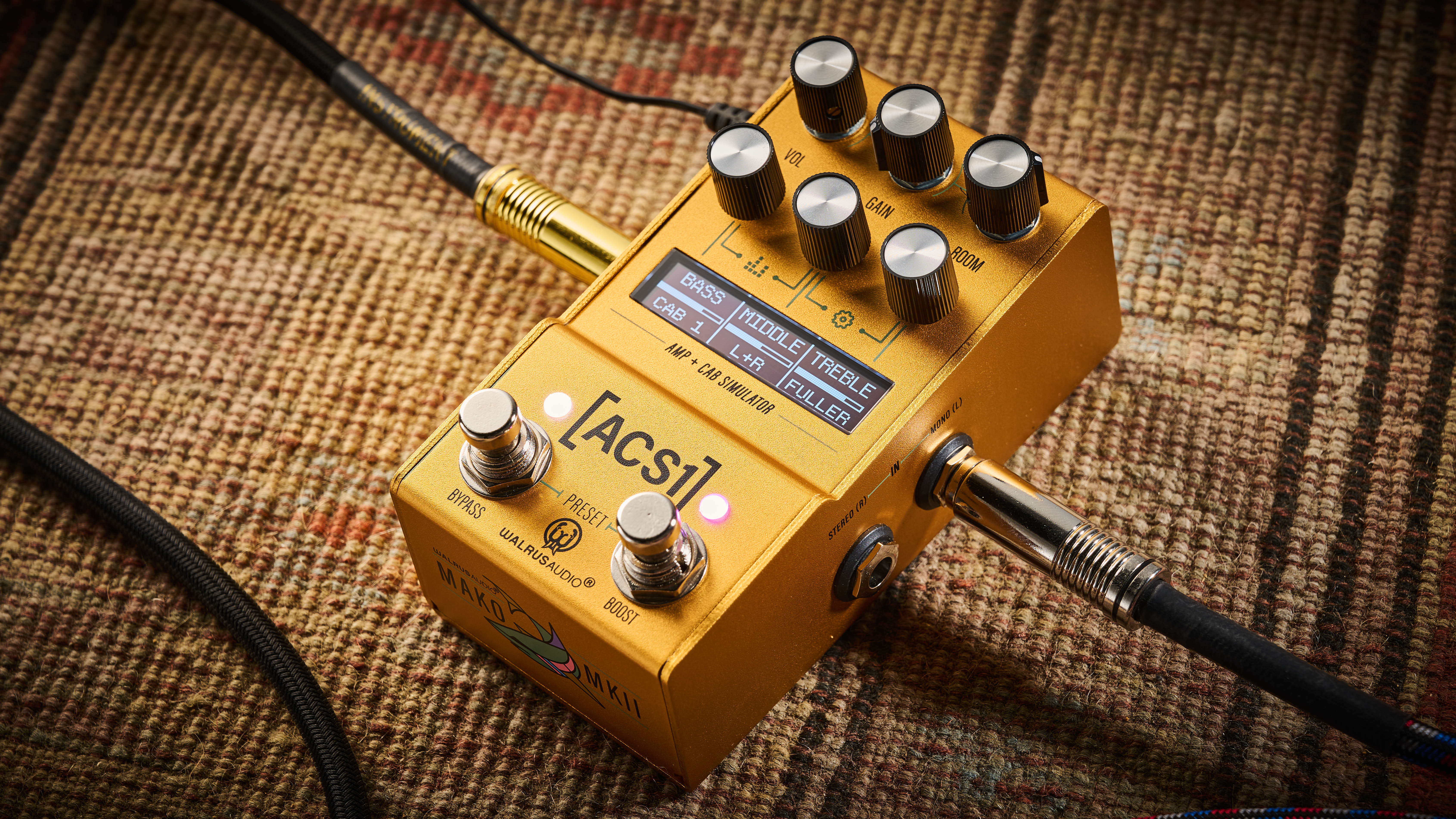
There’s a lot to like about the Walrus Audio ACS1 MKII. This feature-laden pedal offers players a wealth of tonal options, MIDI compatibility, true stereo imaging, and a bomb-proof construction. When the tones are good, they are very good, but unfortunately, not all the amp models hit the mark. That said, while the AC30 model left us a little disappointed, there was plenty more on offer to lift our spirits.
The compact amp modeler and cab sim corner of the market is quickly becoming very crowded, but I do think the new ACS1 MKII does enough to set itself apart from the competition with a unique set of features that a lot of modern players are crying out for.
Hands-on demos
Walrus Audio Effects

The Studio Rats

Also try
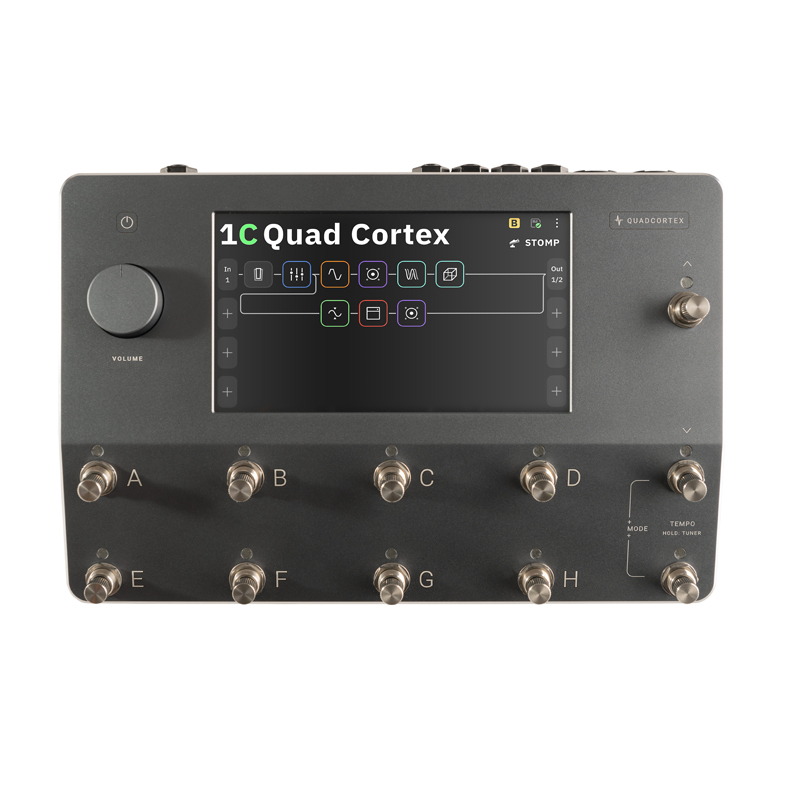
1. Neural DSP Quad Cortex
The Quad Cortex is touted as an Axe-FX killer, and given that it’s only about two-thirds the price of the flagship Axe-FX III, that’s quite a claim.
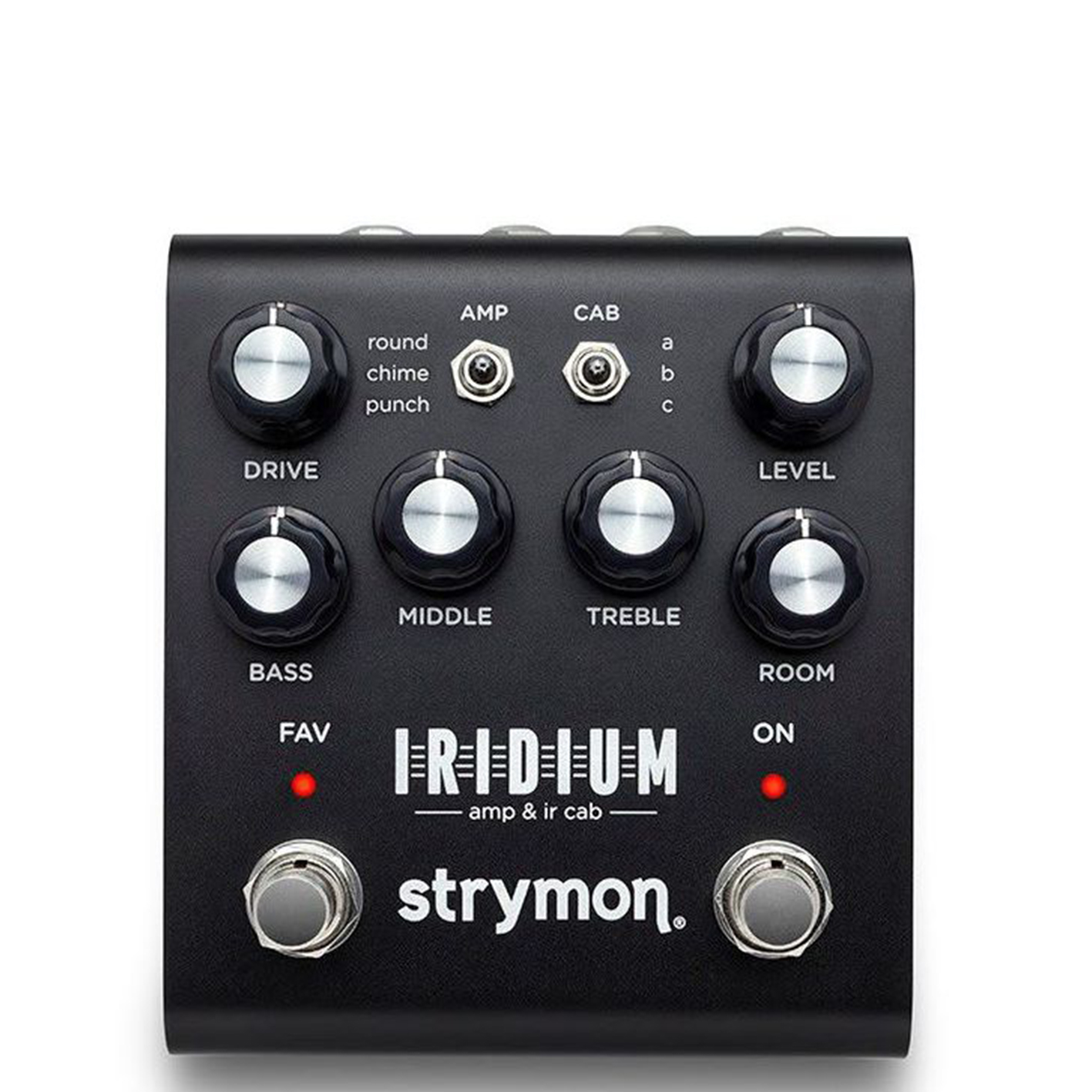
2. Strymon Iridium Amp and IR Cab Simulator
Not only does the Iridium offer a range of amp and cab combinations with versatile EQ controls including room ambience, it’s also compact and easy to use.
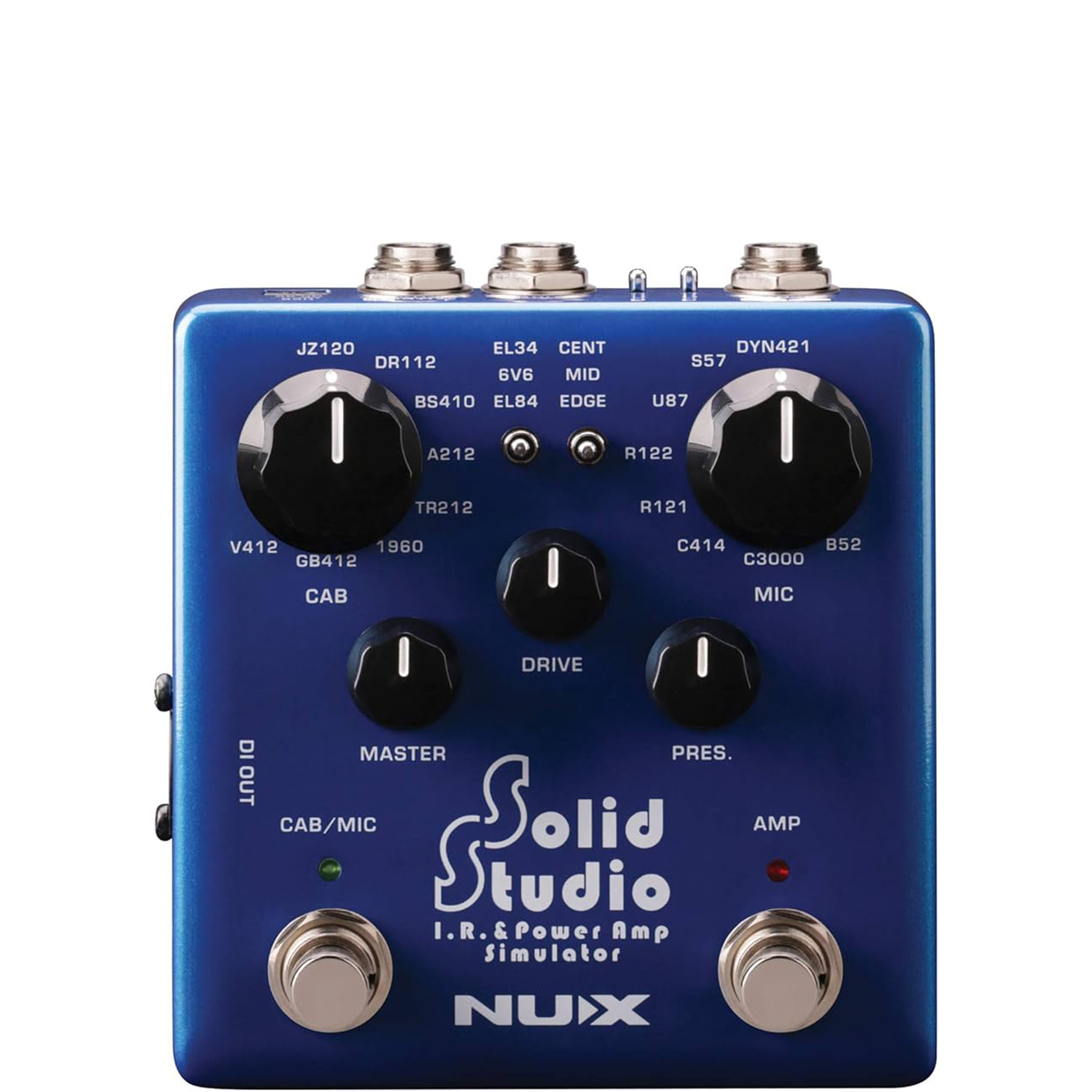
3. NUX Solid Studio IR & Power Amp Simulator
Featuring simulations of all the big-name cabs, this budget option from NUX is ideal for those seeking a wallet-friendly solution.
GIPHY App Key not set. Please check settings